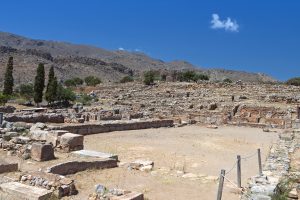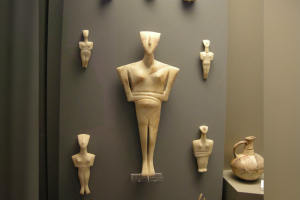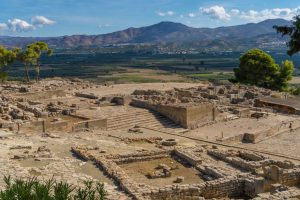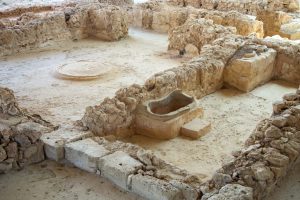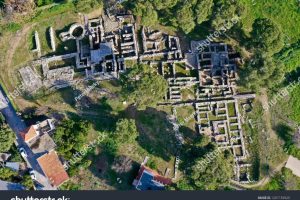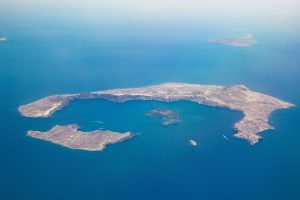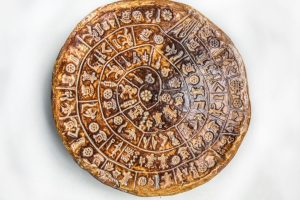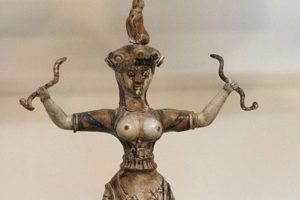The Prehistoric Aegean Pompeii
Akrotiri, a fascinating archaeological site discovered bySpiridon Marinatos on the island of Santorini, Greece, offers a captivating glimpse into the Aegean civilization that thrived during the Bronze Age. Akrotiri was a prosperous town that was destroyed by a massive volcanic eruption around 1600 BC. This eruption buried the settlement in volcanic ash, preserving it remarkably well and allowing for incredible archaeological discoveries.
Rediscovered in the 1960s, Akrotiri reveals the advanced urban planning and architecture of its time. Multi-story buildings, intricate frescoes, and sophisticated drainage systems illustrate the ingenuity of its inhabitants. The vibrant frescoes, depicting scenes of nature, daily life, and festivities, provide valuable insights into the culture and beliefs of the Minoans, who inhabited the island.
As archaeologists continue to excavate the site, they uncover artifacts such as pottery, tools, and trade goods that hint at the thriving commerce of Akrotiri. The town’s strategic location made it a vital trading hub, connecting civilizations across the Mediterranean. Today, visitors to Akrotiri can walk through the well-preserved ruins and imagine life in this ancient town before the cataclysm. The site also features a modern museum that showcases its findings, making history accessible to all. Akrotiri stands as a testament to human resilience and creativity, offering a poignant reminder of the power of nature and the sophistication of early Aegean civilizations.






